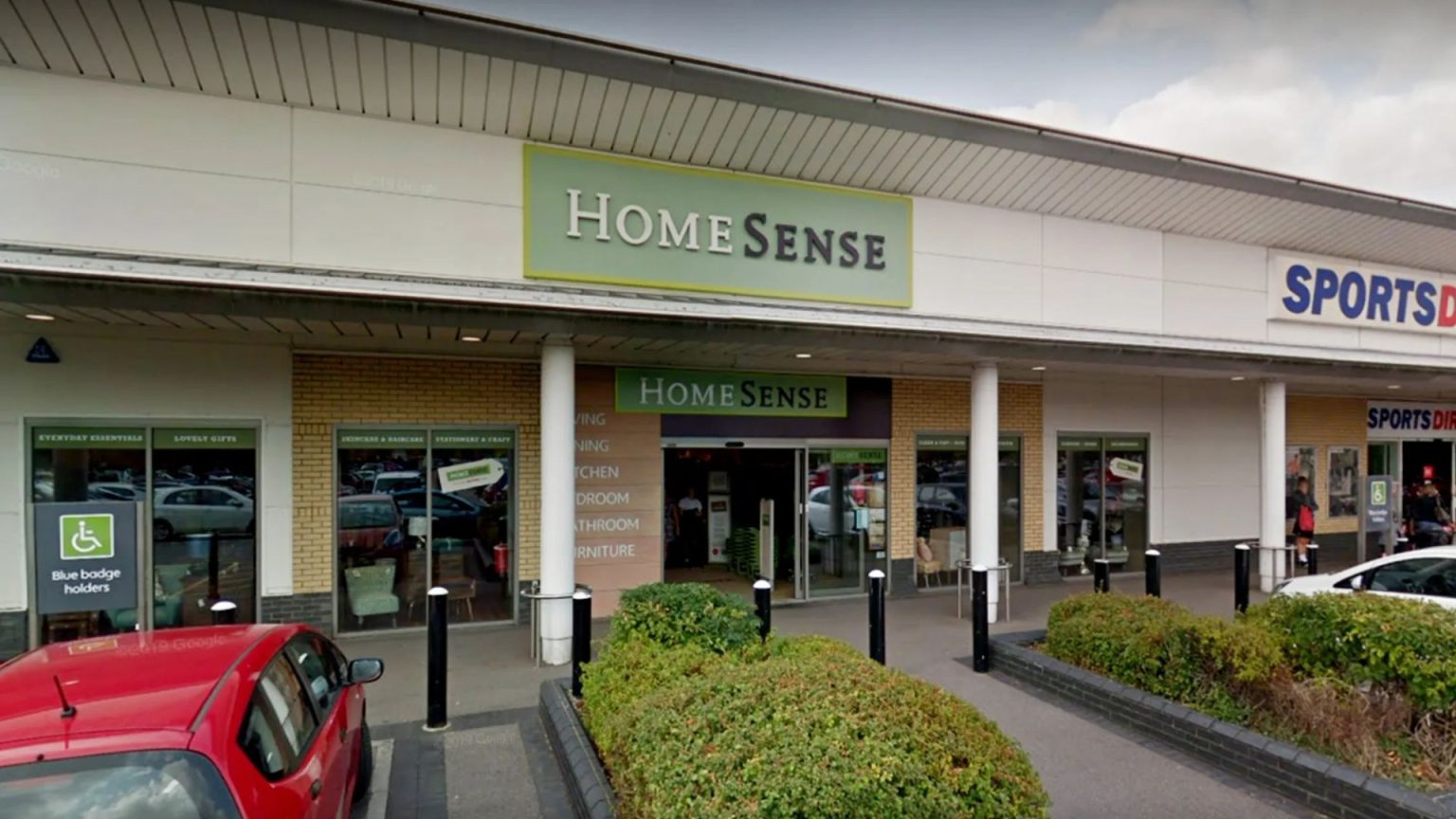Tracey Lea Sayer, Fabulous’ Fashion Director, recounts her lifelong love affair with high street fashion, a journey sparked in the 1980s during Saturday shopping trips with her mother and grandmother. These excursions fostered a deep appreciation for clothing and style, with each family member gravitating towards their preferred stores: her mother to M&S for power-shouldered jackets and sundresses, her grandmother to John Lewis for classic coats and elegant shoes, and young Tracey to Tammy Girl and Chelsea Girl (later River Island) for the latest trends like ra-ra skirts and puffball sleeves. This era, predating fast fashion, instilled in her a sense of cherishing garments, wearing them until they literally wore out. The changing rooms became a stage, her mother and grandmother enthusiastic audience members offering their fashion verdicts. These formative experiences laid the foundation for her future career.
Her passion for fashion blossomed further during her art college years. A part-time job provided the means to explore slightly more upscale high street brands like Warehouse, Miss Selfridge, and the iconic Topshop. This period cemented her desire to work in the fashion industry, captivated by the allure of accessible style. This ambition manifested in a competition entry for a glossy magazine, where she wrote about her love of retail therapy and her favourite little black dress. Winning the competition proved to be a pivotal moment, propelling her towards her current role as Fashion Director of Fabulous.
The 1990s witnessed a significant shift in the high street landscape with the advent of “Designers at Debenhams.” This groundbreaking initiative, spearheaded by Debenhams CEO Belinda Earl, designer Ben de Lisi, and fashion director Spencer Hawken, introduced diffusion lines from renowned designers such as John Rocha, Matthew Williamson, and Betty Jackson, democratizing designer style and making it accessible to a wider audience. Sayer later hosted an event with Debenhams and Fabulous, allowing 250 readers to meet these designers, marking a personal career highlight. This collaboration era signified a blurring of the lines between high-end fashion and the high street, offering attainable luxury to the masses.
The early 2000s ushered in a new wave of high street collaborations, beginning with H&M’s partnership with Karl Lagerfeld in 2004. This marked the start of a series of high-profile collaborations with designers like Roberto Cavalli, Stella McCartney, Maison Martin Margiela, and Versace, generating immense excitement and further elevating the high street’s fashion credentials. The trend continued with Kate Moss’s highly anticipated collection for Topshop in 2007, drawing massive crowds to Oxford Street. Sayer’s personal encounter with Moss and Topshop boss Philip Green at a London Fashion Week show, along with her daughter Frankie, even garnered media attention. This era solidified the high street’s position as a major player in the fashion world.
The high street continued to thrive, offering accessible alternatives to designer pieces. Brands like Mango replicated high-end trends, offering “tin foil” trousers reminiscent of Isabel Marant’s designs, while Topshop revived Barbara Hulanicki’s legendary Biba brand. High street brands were gaining recognition and even participating in London Fashion Week. Topshop Unique, which had been showing collections since 2001, was joined by River Island in 2013, showcasing a collaboration with Rihanna, further demonstrating the increasing influence and reach of high street retailers. This period saw a new generation of high-profile collaborations, including Beyoncé’s Ivy Park with Topshop and the Kardashian’s “Kollection” for Dorothy Perkins, which Sayer personally photographed for Fabulous magazine.
Despite the challenges posed by the pandemic, the high street has demonstrated resilience. Stores like M&S, Reserved, and Zara continue to thrive, complemented by designer collaborations such as Victoria Beckham X Mango and Rochelle Humes for Next, reigniting consumer interest. Supermarkets have also emerged as unexpected fashion players, offering stylish and affordable clothing options. Sayer’s personal journey reflects the evolution of the high street, from Saturday shopping trips with family to witnessing its transformation into a powerful force in the fashion industry, consistently offering accessible style and exciting collaborations. She eagerly anticipates the next 30 years of high street evolution.




